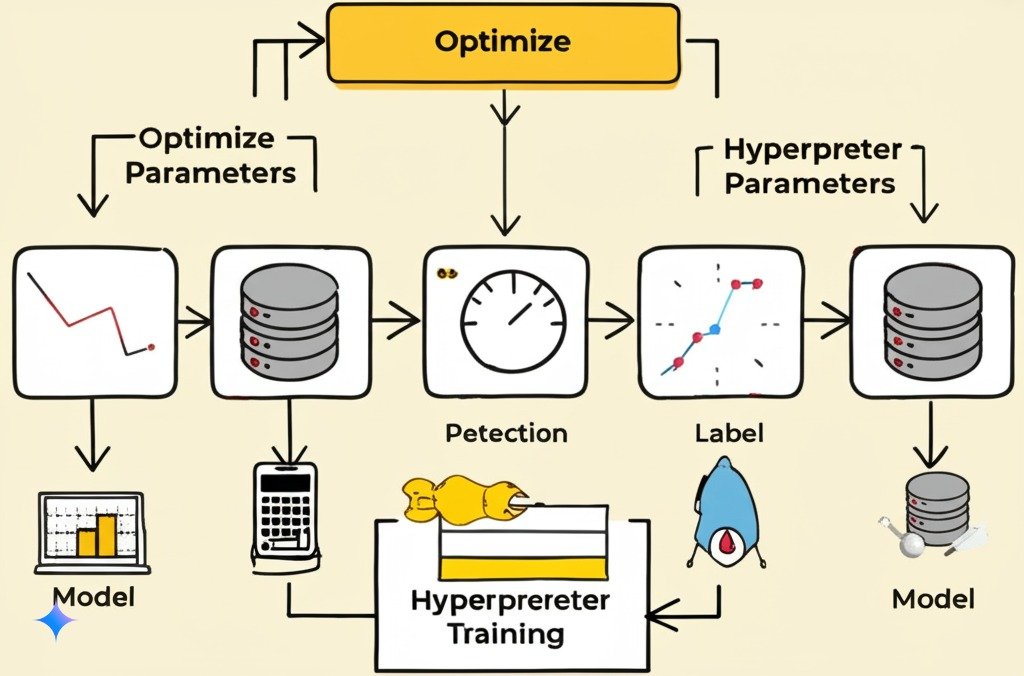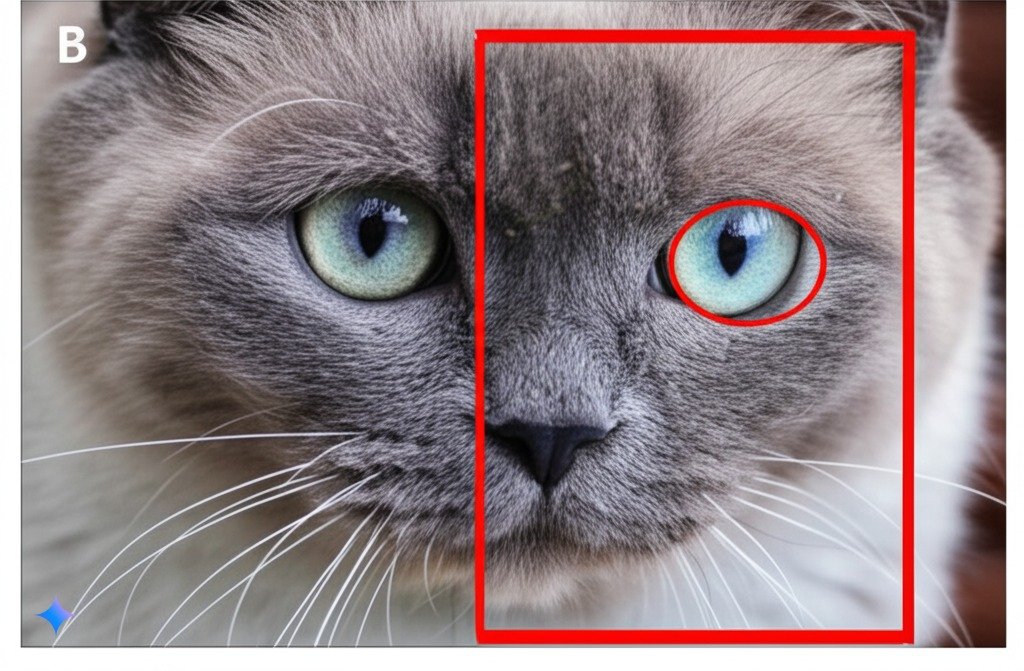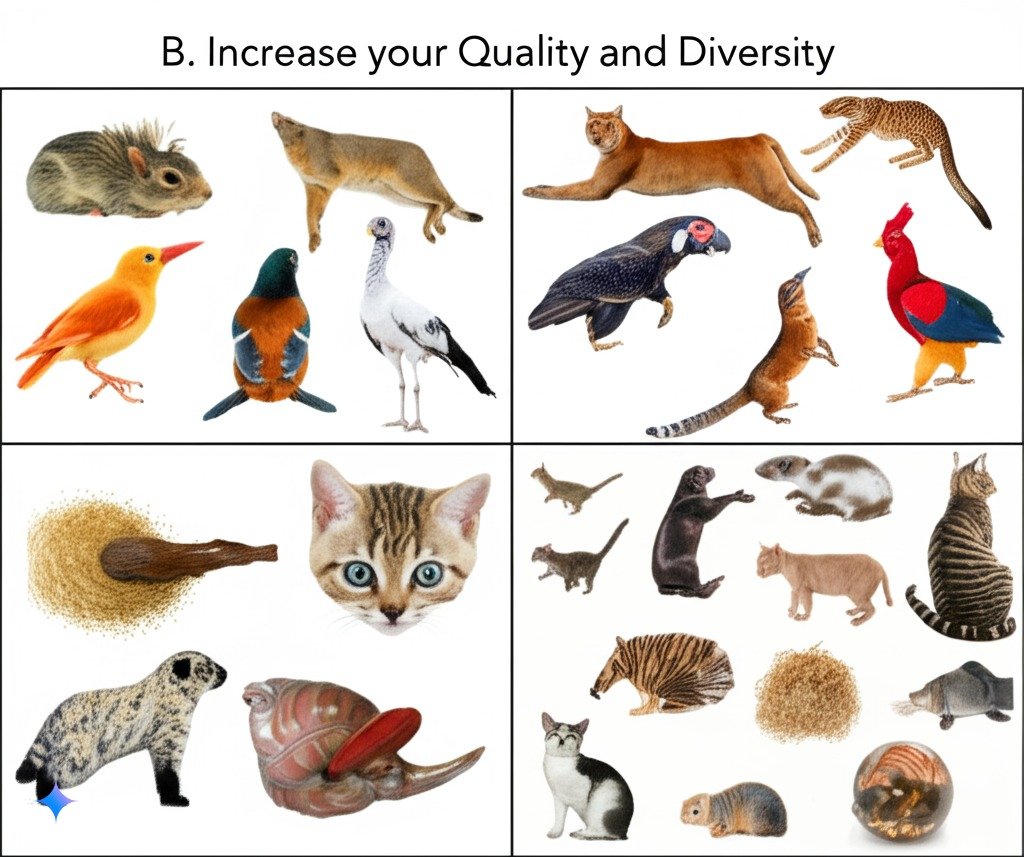Computer Vision Accuracy: Boost Model Performance Now!

Imagine an autonomous vehicle misinterpreting a stop sign or a medical diagnosis system missing a critical tumor. These real-world examples highlight the critical importance of accurate computer vision. When computer vision models aren't accurate, the consequences can range from minor inconveniences to life-threatening situations.
Computer vision accuracy refers to how well a model can correctly identify and classify objects or patterns in images or videos. In simpler terms, it's about how reliably the model "sees" and understands the visual world. A highly accurate model minimizes errors and provides dependable results.
Striving for high accuracy is not just a matter of academic interest; it's essential for the successful deployment and real-world impact of computer vision applications. Accurate models lead to safer autonomous systems, more reliable medical diagnoses, improved quality control in manufacturing, and countless other benefits.
This post will serve as your comprehensive guide to improving the accuracy of your computer vision models. We will explore key strategies and techniques that span from data management and model architecture to training strategies and evaluation methods. By understanding and implementing these approaches, you can significantly enhance the performance and reliability of your computer vision systems.
Data is King: Focus on Data Quality and Quantity
In computer vision, as in many areas of machine learning, the quality and quantity of your data are paramount. A well-trained model is built on a foundation of high-quality, representative data. Let's delve into the strategies for maximizing the impact of your training data.
Increase the Size of Your Training Dataset
Generally, the more data you feed your computer vision model, the better it will be able to generalize to new, unseen images. A larger dataset exposes the model to a wider range of variations, allowing it to learn more robust and reliable features.
Data Augmentation: One powerful technique for artificially increasing the size of your dataset is data augmentation. This involves applying various transformations to your existing images, such as rotations, flips, crops, color adjustments, and adding noise. By creating slightly modified versions of your original images, you can effectively expand your dataset without collecting new data. Data augmentation helps the model become more invariant to different perspectives and conditions.
Synthetic Data Generation: In some cases, you can also explore synthetic data generation. This involves creating artificial images or videos using computer graphics or simulations. While synthetic data may not perfectly reflect the real world, it can be a valuable tool for augmenting your dataset, especially when real-world data is scarce or difficult to obtain.
Improve Data Quality and Diversity
While quantity is important, data quality and diversity are equally critical. Even a large dataset can lead to poor performance if the data is noisy, biased, or unrepresentative of the real-world scenarios your model will encounter.
Labeling Accuracy: Accurate and consistent annotations are essential for training a reliable computer vision model. If your labels are incorrect or inconsistent, the model will learn the wrong patterns and make inaccurate predictions. Implement clear labeling guidelines and consider using multiple annotators to verify the accuracy of labels. Establish a review process to catch and correct errors.
Class Balance: Imbalanced datasets, where some classes have significantly more examples than others, can negatively impact accuracy. The model may become biased towards the majority class and perform poorly on the minority class. To address class imbalance, consider techniques like oversampling (duplicating or generating synthetic examples for the minority class), undersampling (removing examples from the majority class), or using weighted loss functions that penalize misclassifications of the minority class more heavily.
Data Diversity: Your training data must represent the real-world scenarios your model will encounter. This means capturing variations in lighting, angles, backgrounds, object appearances, and other relevant factors. If your training data is too uniform, the model may struggle to generalize to new and unseen conditions. Actively seek out diverse data sources and consider collecting data under different conditions to improve the robustness of your model.
Data Cleaning and Preprocessing: Noisy or irrelevant data can hinder the learning process and reduce accuracy. Identify and handle outliers, corrupted images, or other anomalies. Common preprocessing steps include normalization (scaling pixel values to a consistent range) and resizing images to a uniform size.
Model Architecture and Training Strategies
Beyond data, the choice of model architecture and training strategies plays a crucial role in achieving high accuracy. Selecting the appropriate architecture for your task and carefully optimizing the training process can significantly improve performance.
Choose the Right Model Architecture
Different computer vision tasks require different model architectures. Convolutional Neural Networks (CNNs) are well-suited for image classification and object detection, while Recurrent Neural Networks (RNNs) and Transformers are often used for video analysis. Popular architectures include ResNet, EfficientNet, YOLO, and Faster R-CNN. The best architecture depends on the complexity of the task, the size of your dataset, and the computational resources available.

Optimize Training Parameters (Hyperparameter Tuning)
Hyperparameters control the training process of a model. Key hyperparameters that affect accuracy include the learning rate (how quickly the model learns), batch size (number of examples processed in each iteration), number of epochs (number of times the model iterates over the entire dataset), and regularization strength (how much the model is penalized for complexity). Hyperparameter tuning involves finding the optimal combination of these parameters to maximize performance. Common techniques include grid search (trying all possible combinations), random search (randomly sampling combinations), and Bayesian optimization (using a probabilistic model to guide the search).
Implement Regularization Techniques
Overfitting occurs when a model learns the training data too well and fails to generalize to new, unseen data. Regularization techniques help prevent overfitting by adding constraints to the model's learning process. Common methods include L1 and L2 regularization (adding penalties to the model's weights) and dropout (randomly dropping out neurons during training).

Consider Transfer Learning and Fine-tuning
Transfer learning leverages pre-trained models that have been trained on large datasets. Instead of training a model from scratch, you can fine-tune a pre-trained model on your specific task. This can significantly reduce training time and improve accuracy, especially when dealing with limited data. Common pre-trained models include those trained on ImageNet.
Employ Ensemble Methods
Ensemble methods combine the predictions from multiple models to improve overall accuracy and robustness. By averaging or weighting the predictions of different models, you can often achieve better performance than any single model alone. Common ensemble techniques include bagging (training multiple models on different subsets of the data) and boosting (training models sequentially, with each model focusing on the errors made by previous models).
Evaluation and Iteration
Evaluating your model's performance is critical for identifying areas for improvement. Choosing the right evaluation metrics and implementing robust evaluation procedures are essential for accurately assessing the model's capabilities.
Choose the Right Evaluation Metrics
Accuracy alone may not be the best metric for all tasks, especially when dealing with imbalanced datasets. Other relevant evaluation metrics include precision (the proportion of correctly predicted positive cases), recall (the proportion of actual positive cases that were correctly predicted), F1-score (the harmonic mean of precision and recall), IoU (Intersection over Union) for object detection, and mAP (mean Average Precision). Understanding the strengths and weaknesses of each metric is crucial for evaluating model performance in the context of your specific problem.

Implement Robust Evaluation Procedures
Use separate training, validation, and test sets to evaluate your model's performance. The training set is used to train the model, the validation set is used to tune hyperparameters, and the test set is used to provide a final, unbiased estimate of the model's performance. Cross-validation is a technique for obtaining more reliable performance estimates by partitioning the data into multiple folds and training and evaluating the model on different combinations of folds.
Analyze Errors and Iterate
Understanding where your model is failing is crucial for identifying areas for improvement. Visualize misclassified examples to identify patterns in the errors. Analyze the types of errors the model is making and look for common characteristics of the misclassified images. Improving accuracy is often an iterative process involving revisiting data, model architecture, and training strategies based on evaluation results.

Improving the accuracy of your computer vision models requires a multifaceted approach that encompasses data quality, model architecture, training strategies, and evaluation methods. By focusing on these key areas, you can significantly enhance the performance and reliability of your computer vision systems.
Remember that improving accuracy is often an iterative process. Continuously evaluate your model's performance, analyze errors, and refine your data, model architecture, and training strategies based on the results.
The field of computer vision is constantly evolving, with new techniques and architectures emerging all the time. Stay up-to-date with the latest advancements and continue experimenting with different approaches to achieve optimal results. We encourage you to explore, innovate, and push the boundaries of what's possible with computer vision.
If you found this guide helpful, give our GitHub repo a star: Securade Hub on GitHub